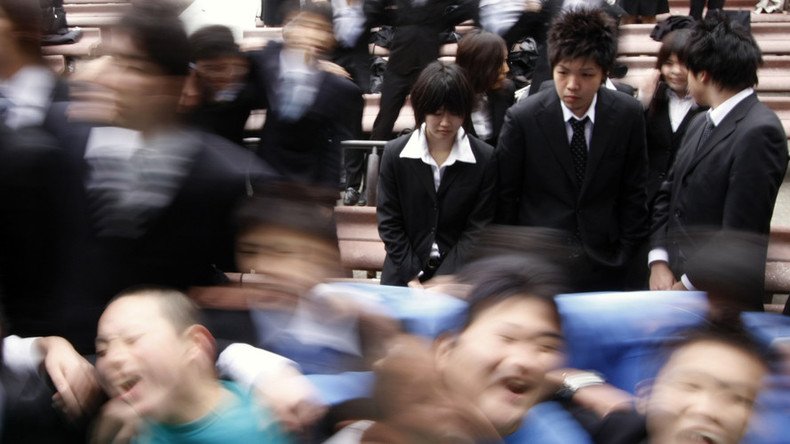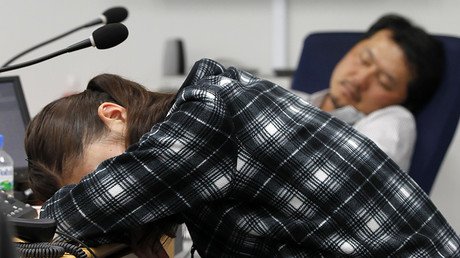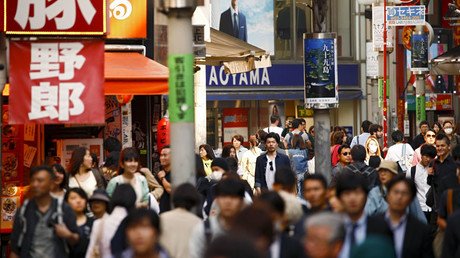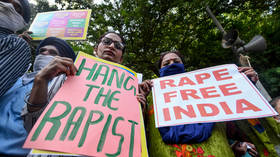Japan’s suicide rate down, but still main cause of death for 15-39 year-olds

Almost 22,000 Japanese people took their own lives in 2016, the lowest number in 22 years, but the country’s suicide rate remains the sixth worst in the world, and teenagers remain particularly prone to killing themselves.
According to Japan’s National Police Agency statistics, 15,121 men and 6,776 women committed suicide last year. The total of 21,891 is down almost third from the peak of 34,427 recorded in 2003.
However, for those aged between 15 and 39, it is still by far the leading cause of death, ending the lives of more Japanese people than cancer and accidents – the next two causes – put together.
In 2014, the latest year for which comprehensive WHO data is available, Japan’s suicide rate was 19.5 per 100,000 people per year, about a third lower than that of Lithuania and South Korea, which lead the rankings. Russia had a suicide rate of 21.8.
Japan’s suicide rate climbed rapidly in the late 1990s as the country underwent a sustained period of economic stagnation, accompanied by the breakdown of many traditional corporate and social institutions, before falling off in recent years. The latest statistics noted that, while for older adults suicide has become less common, those under 20 are still as likely to kill themselves as at the peak of the deadly spree.
Many explanations have been posited for the prevalence of suicide among the Japanese, with the culture of bullying in Japanese schools, pressure to get into prestigious academic institutions, competition for jobs, and overwork being amongst the most common. Some have suggested that the problem is concomitant with family issues – Japan has experienced a collapse in marriage and birth rates, with sexless partnerships statistically common. Meanwhile, a whole culture of social withdrawal known as hikikomori has become common among young people. In addition, less social and religious stigma is now attached to taking one’s own life, which affects not only the rate, but the likelihood of suicides being truthfully recorded as such.
A decade ago, the government instituted a special program aimed at targeting the suicide epidemic, which included academic investigations into its causes, more publicity of mental health problems, and greater access to helplines and psychiatric help. Japan currently has plans to bring the suicide rate down to 13.0 in the next decade.














